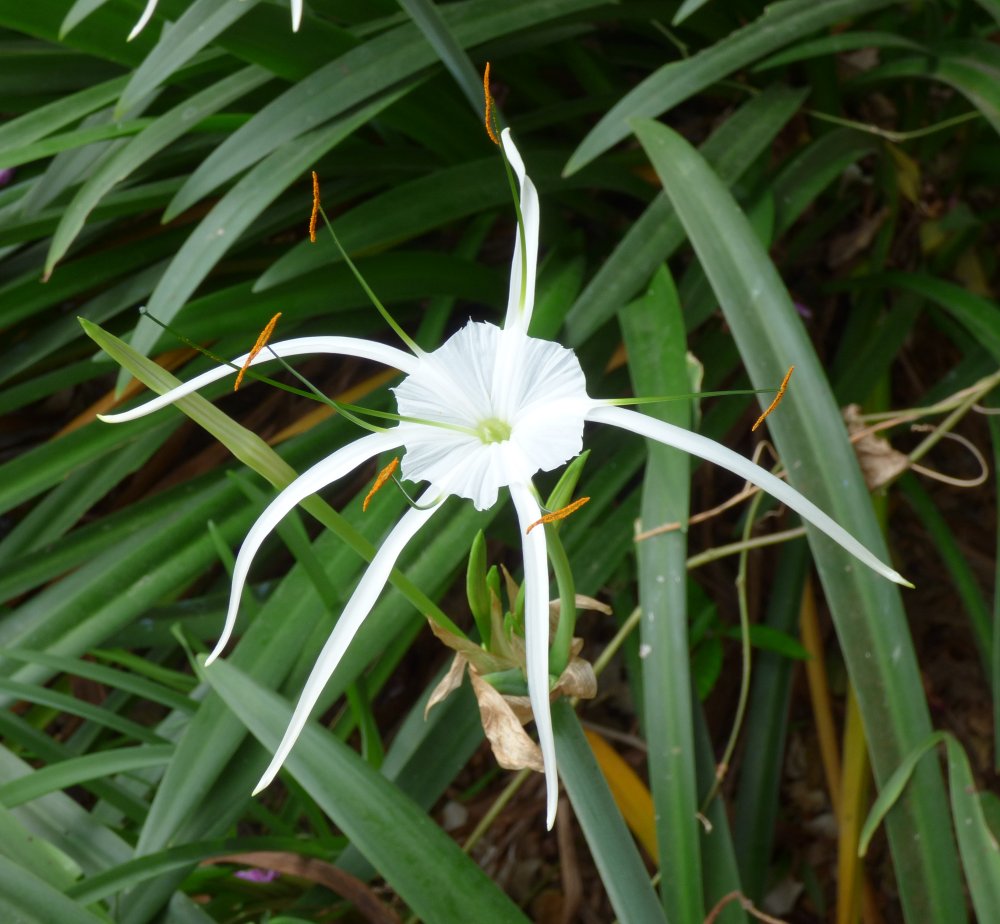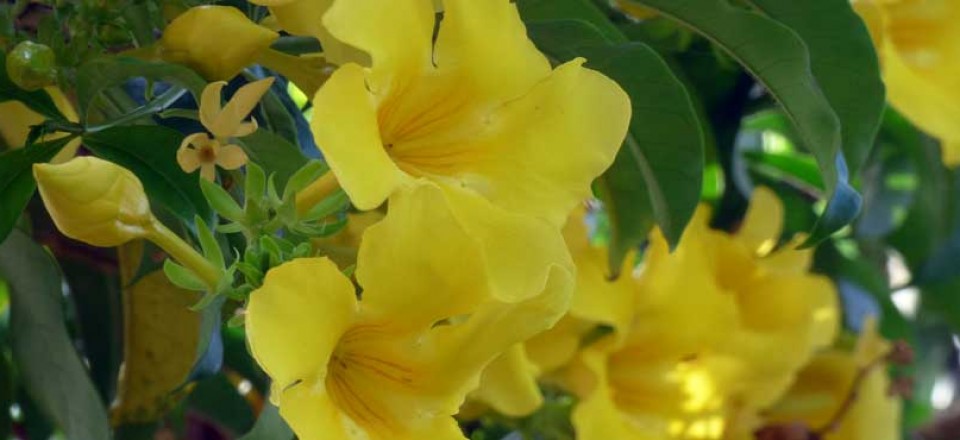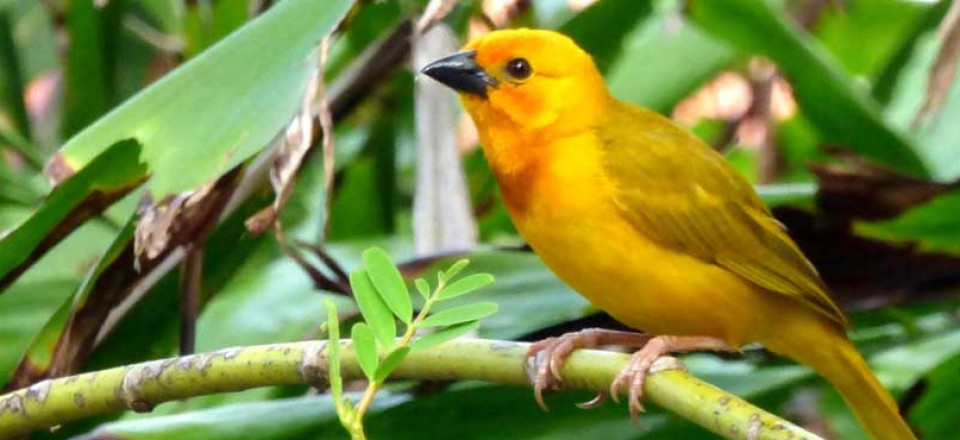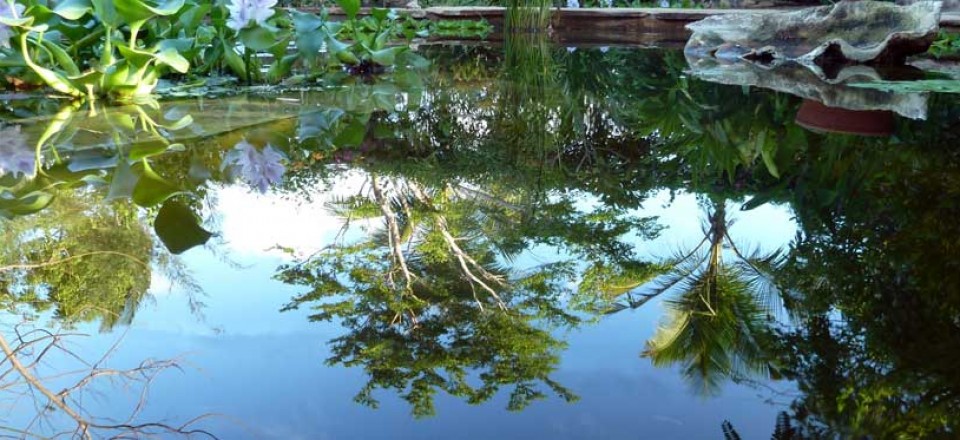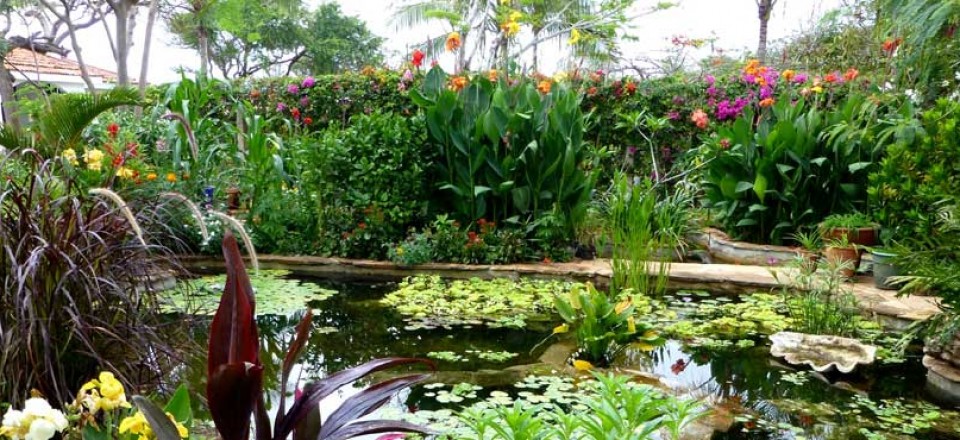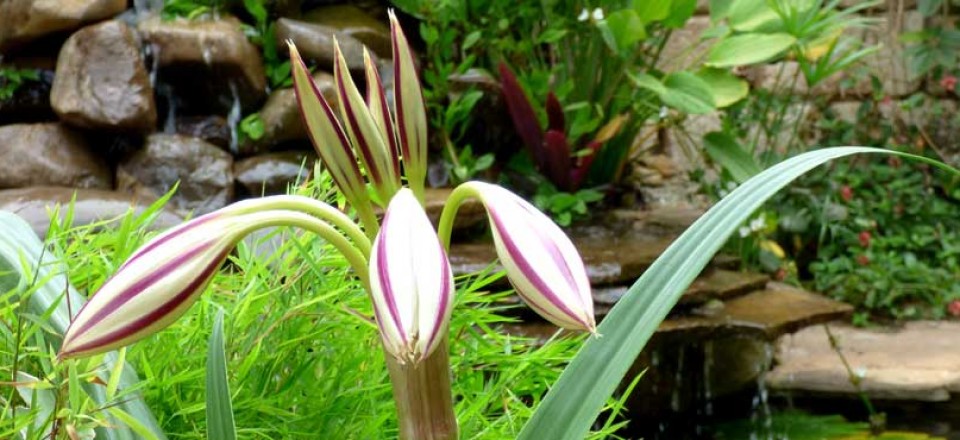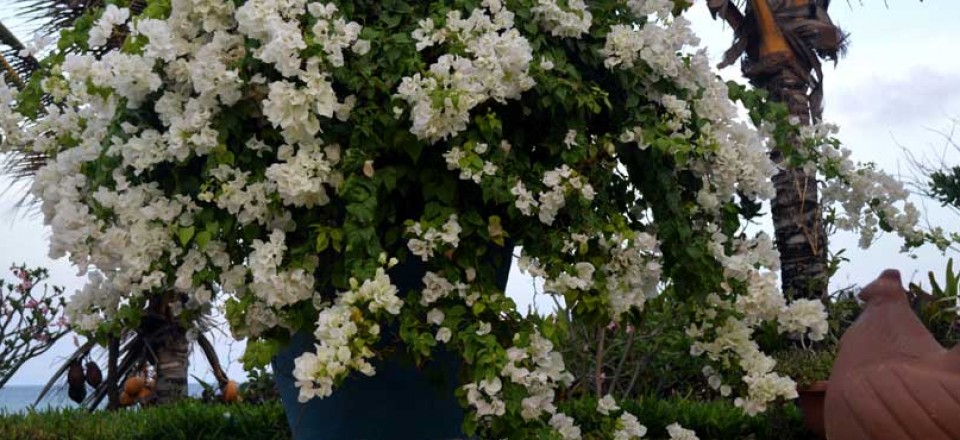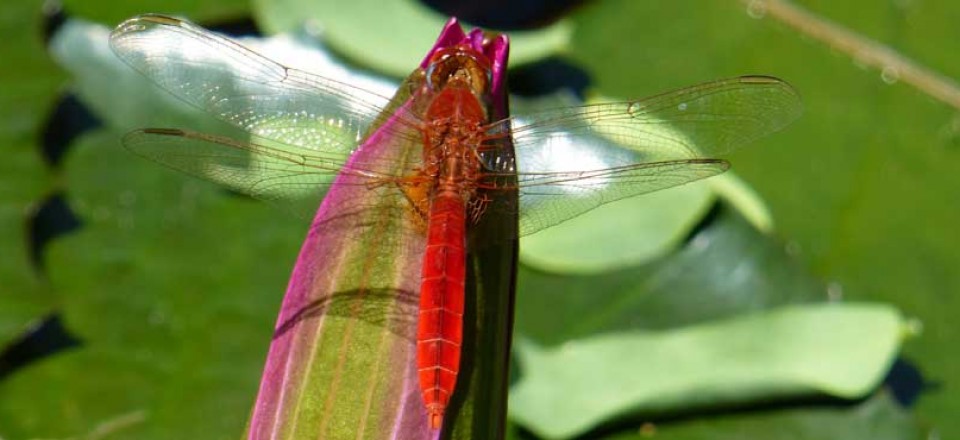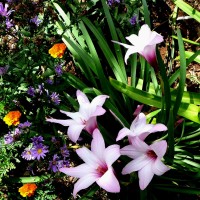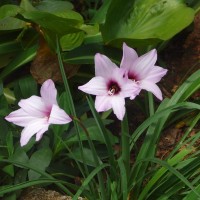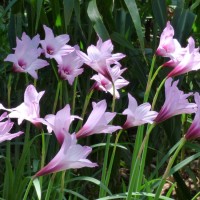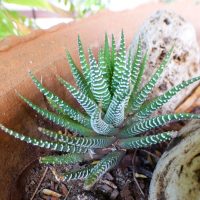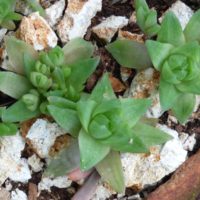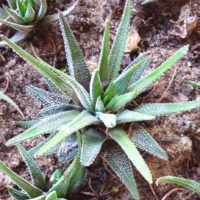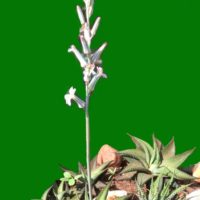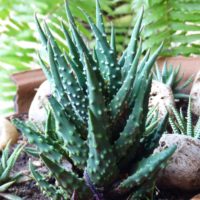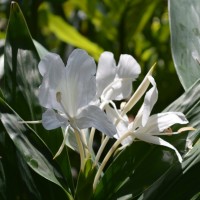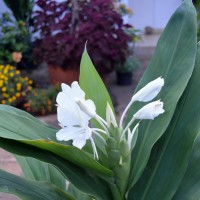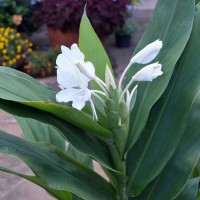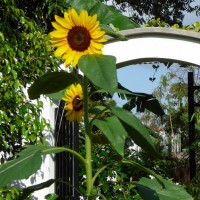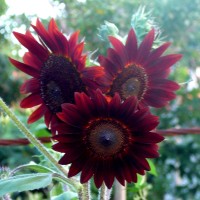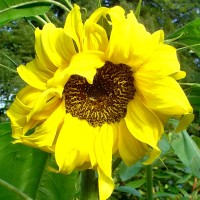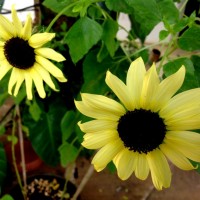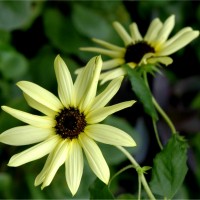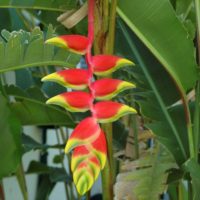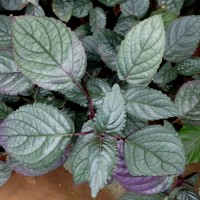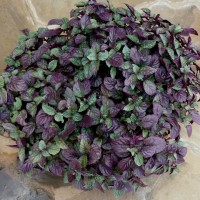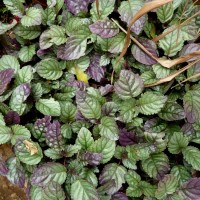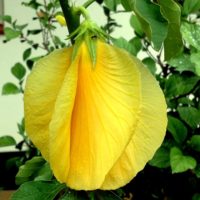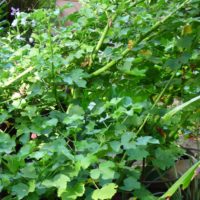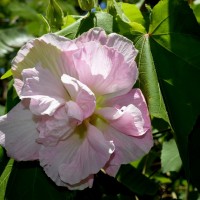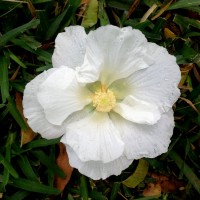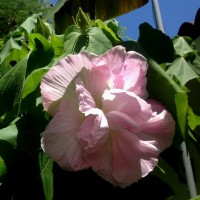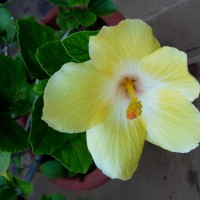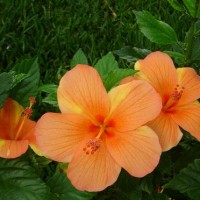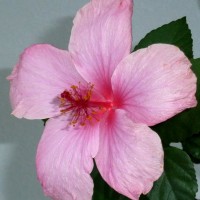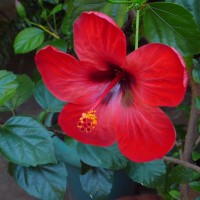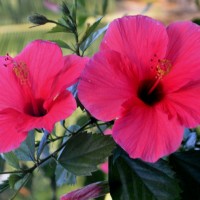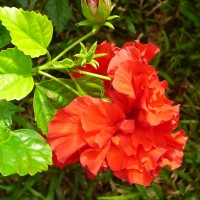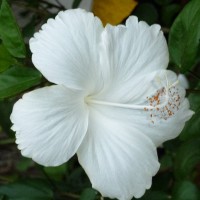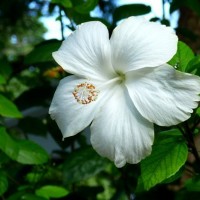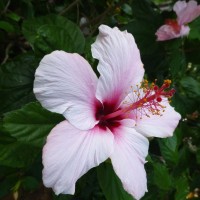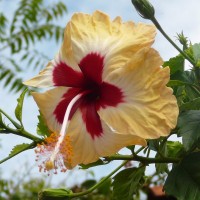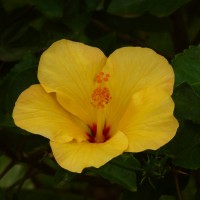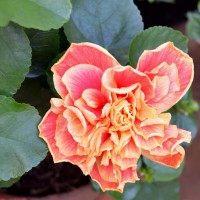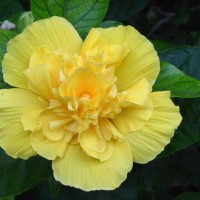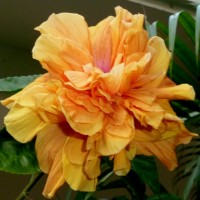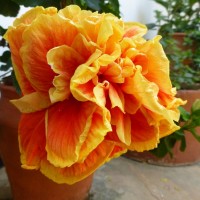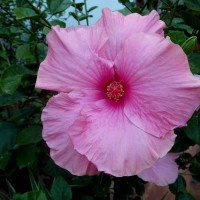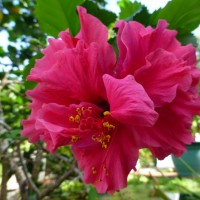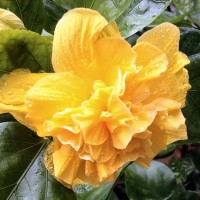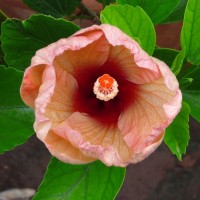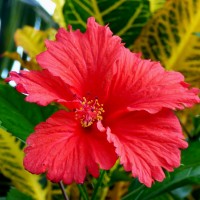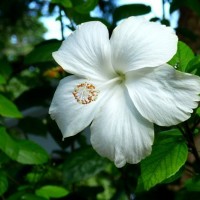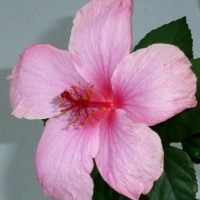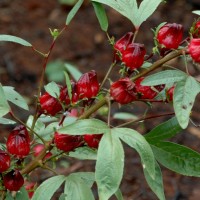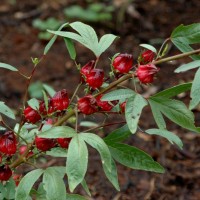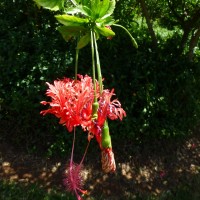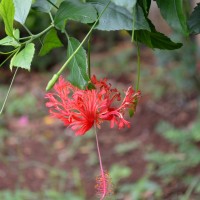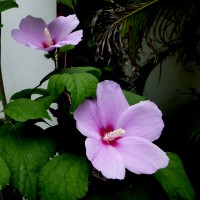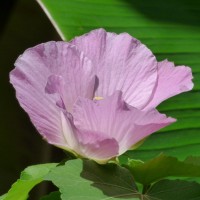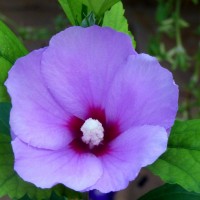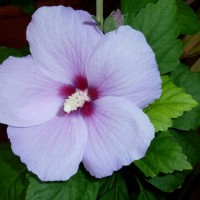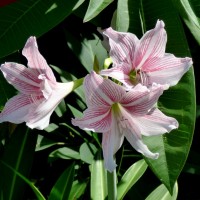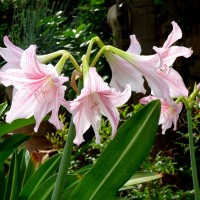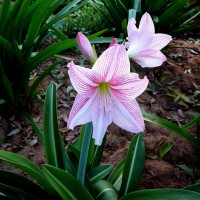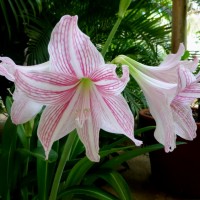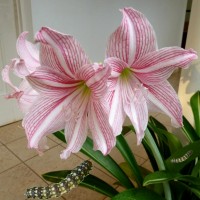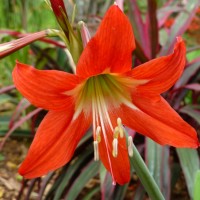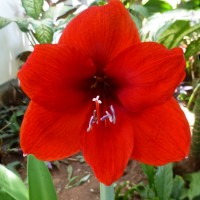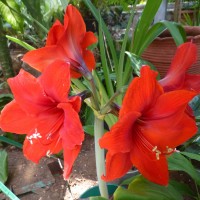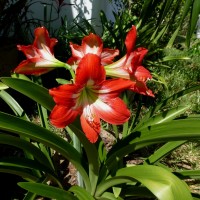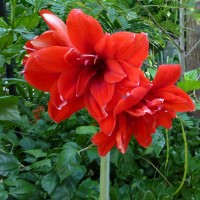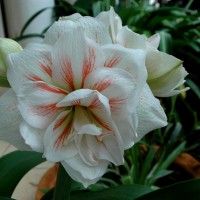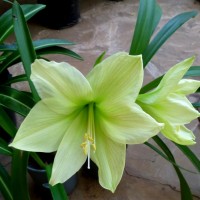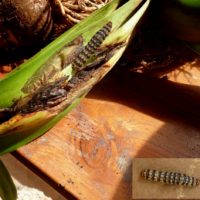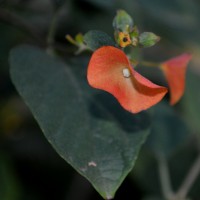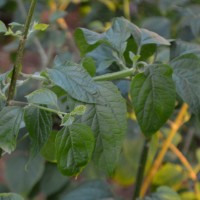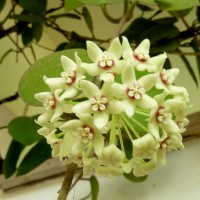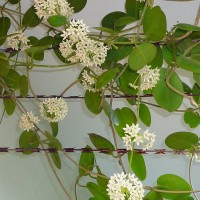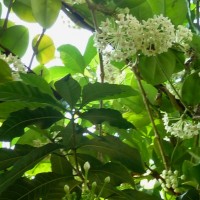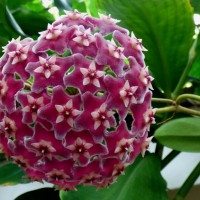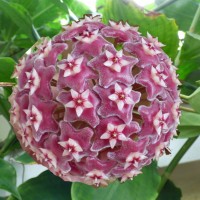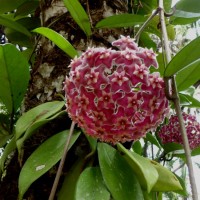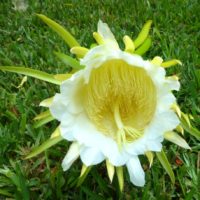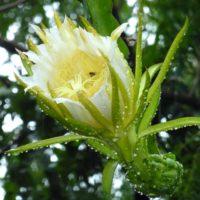HABRANTHUS ROBUSTUS
Family Amaryllidaceae
Habranthus robustus, is native to Central and South America and was discovered by William Herbert, in 1831. It is a bulbous plant that requires little attention and thrives in coastal gardens. The strap leaves become straggly, during the dry season and can disappear altogether. Immediately after rain, it bursts into flower, each flower lasts a day, but more come. It will not flower if planted in the shade. Updated 16/9/2018
HAWORTHIA
Family Asphodelaceae
Haworthias are native to Southern Africa. As with all succulents, they dislike too much water. In the wild Haworthias grow under larger plants where they are shaded from the hot sun. They grow in small clusters and are mostly slow-growing, but they are not difficult to grow. Updated 16/9/2018
Haworthia attenuata
The name “attenuata” means ‘tapering’ and describes the shape of the leaves.
Haworthia attenuata can be confused with Haworthia fasciata, which looks fairly similar. The difference is the white tubercles on the leaves; Haworthia attenuata has these on both sides, Haworthia fasciata has them only on the undersides.
Haworthia cooperi, H fasciata, H limifolia, & H pumila
These plants all have the same requirements; free draining soil, to be left alone to settle and to grow in bright light but NOT full sun. They make attractive pot plants, especially when planted in groups surrounded by stones to show off their succulent character. Haworthia limifolia happily reproduces easily and flowers frequently, though the flowers are rather insignificant.
HEDYCHIUM CORONARIUM
Family Zingiberaceae
Hedychium coronarium is from Nepal and India. The slaves took it to Brazil and it is now an invasive weed. It is not a weed in this garden and it struggles to thrive. When happy it flowers freely, and it has a beautiful scent.
Updated 16/9/2018
HELIANTHUS ANNUS
Family Asteraceae
Helianthus’s name is from the Greek Helios “sun” anathos “flower”. Better known as Sunflower, it is native to America. There are 70 species in the family. Helianthus comes in wide range of colours and sizes which all do well at the coast. Whilst sunflowers are growing they tilt their face towards the sun (called heliotropism) but, once the plant is mature and ready to bloom, this movement ceases.
Updated 23/12/16
HELICONIA
Family Heliconiaceae
Most species of Heliconia are native to tropical Americas; they are related to bananas, cannas, and gingers.
They are heavy feeders and like as much water as can be spared. They like sun, but can grow in light shade. They need lots of space and shelter from the wind, as the leaves are easily damaged
Apart from H indica, all other Heliconias all have the same requirements. Updated 16/9/2018
Heliconia indica
Heliconia indica is native to the South Pacific islands. It looks rather like a banana without a stem. It is happy in dappled shade, sheltered from the wind. Propagation is by division.
Heliconia rostrata
Heliconia upright
HEMIGRAPHIS COLORATA
Family Acanthaceae
Hemigraphis colorata is native to South East Asia, and is an easy plant to grow. It makes good ground cover in shady places, or can be grown in a pot. It is not fussy about soil, but does not like to get too dry. It is supposed to be good at stopping bleeding on fresh wounds and to promote healing. Updated 23/12/16
HIBISCUS
Family Malvaceae
The Hibiscus family is a large genus of different species some are perennial, others woody shrub, and some grow into small trees.
The origins of the ‘hibiscus’ can be traced back to: Hibiscus cooperii is from Australia; Hibiscus storckii from Fiji; Hibiscus arnottianus and Hibiscus kokio from Hawaii; Hibiscus schizopetalus, from Madagascar; Hibiscus fragilis and Hibiscus Genevieve from Mauritius; and Hibiscus rosa-sinensis, is either from China or India although it has been cultivated for a very long time in China, no truly wild plants have even been discovered in China. Up dated 16/9/2018
Hibiscus greenwayii
Hibiscus greenwayii is indigenous to Kenya and grows wild around the coast. It makes a lovely addition to the garden. It produces yellow flowers, which never open fully but there is an abundance of them. It is drought tolerant, and seldom attacked by garden pests.
Hibiscus mutabilis
Family Malvaceae
Hibiscus mutabilis grows well in the garden, is not fussy about soil, and is drought resistant. The flowers open pure white and, as the day progresses, slowly turn to pink and eventually red. It has two drawbacks; it grows so tall the flowers are hardly visible; and mealybug and scale love this plant, a close watch has to be kept to ensure they don’t get established. It should be pruned to maintain shape. Hibiscus mutabilis grows easily from both cuttings and seeds.
Hibiscus rosa sinenses
Hibiscus rosa-sinensis was named by Carolus Linnaeus (1707 1778) a Swedish botanist, physician, and zoologist. He laid the foundations for the modern biological naming scheme and is known as the father of modern taxonomy. He is also considered one of the fathers of modern ecology. The Latin term rosa-sinensis literally means “rose of China”. It is not related to the true rose and probably not native to China.
When grown unchecked Hibiscus rosa-sinensis can reach 2 – 3 meters in height. The stronger Hibiscus can tolerate full sun but the more exotic forms prefer a little light shade and do better when grown in pots. All Hibiscus need the best soil, with good drainage and added rich compost and manure. Hibiscus should never be allowed to dry out but nor should the pot sit in water. They should be fed with folia feed once a month and top dressing bimonthly.
SINGLE AND DOUBLE HIBISCUS – EASY TO GROW
MORE CHALLENGING AND BEST GROWN IN POTS WITH LIGHT SHADE
The five petal brilliant red Hibiscus Hawaii was introduced to the Malay Peninsula in the 12th century. On 28th July 1960 the government of Malaysia chose this to be their national flower, beating Yland ylang, Jasmine, Lotus, and the Rose.
The flowers of white Hibiscus arnottianuss can be used as a pH indicator. When used, the flower turns acidic solutions to a dark pink or magenta colour and basic solutions to green. The flowers are edible and are used in salads in the Pacific Islands.
The flowers of pink Hibiscus have a number of medical uses in Chinese herbology. It has been shown to function as an anti-solar agent by absorbing ultraviolet radiation.
Hibiscus sabdariffa
Hibiscus sabdariffa is native to West Africa, it is now found throughout the tropics. It grows easily, needing lots of room but no special care. If the mealybug can be kept away, the fruit can be harvested and used fresh, or dried to make a drink, which contains high amounts of vitamin C, and is also believed to have anti-hypertensive, diuretic and laxative properties.
Hibiscus sabdariffa is popular plant worldwide. The West imports the red calyces as a food colouring. The leaves are used as spicy spinach; and several curry dishes. ‘Sudan tea’ is a popular drink; and the Roselle juice is taken with salt, pepper and molasses as a remedy for biliousness. Hibiscus sabdariffa was introduced into Malaysia in 1993 and 30 acres were commercially planted; by 2000 this had increased to 1,000 acres. Updated 16/9/2018
Hibiscus schizopetalus
Hibiscus schizopetalus is indigenous to Madagascar, Kenya, Tanzania, and northern Mozambique. The name ‘schizo’ means split and ‘petalus’ petal which describes the flower accurately. It is a tough plant, being more drought tolerant, not as prone to mealybug as the more exotic verities and it has an interesting flower. It is worthy of a place in the garden.
Hibiscus syriacus
Hibiscus syriacus native to much of Asia, this specie naturalises well in cooler suburban areas, and is sometimes termed as being invasive. Not so at the coast, in this garden we struggle to keep it alive, in spite of great care and attention. It would be happier in a cooler environment.
HIPPEASTRUM RETICULATUM
Family Malvaceae
Hippeastrum are native to tropical and subtropical regions of the Americas, and brought to Europe in 1777. It was first named as an Amaryllis, in 1824 William Herbert realised that this was a separate South American genus to the South African Amaryllis and gave it the new name Hippeastrum reticulatum meaning ‘Knight’s star-lily’. There are approximately 90 species and over 600 hybrids.
They are bulbous plants, that do best grown in pots, planted in rich soil and placed in dappled shade.
To encourage the plant to flower well the bulbs should be planted with the neck of the bulb above soil level. They will also flower better if they are not pot bound. When re-potting, the bulbs should be sorted by size and anything smaller than 6 cm replanted in new compost, feed and care for these small bulbs until they reach flowering size. The larger bulbs should be rested in a cool place, out of the pots, for up to a month, then re-potted in fresh good compost. Depending on the pot size, three to five bulbs can be planted per pot. They should all come into flower at the same time, giving a great show.
Note the example of an Amaryllis caterpillar on the plant below.
The Hippeastrum shown below are more difficult to get to flower again.
Amaryllis caterpillar
The Amaryllis caterpillar is the larvae of a moth (Brithys crinipancratii) from the Noctuidae family.
The larvae have a ferocious appetite, burrowing into and damaging the stem or leaves of lilies, especially of the Amaryllidaceae family. The larvae are unpalatable to most predators. This pest can be a problem at any time of the year, so it is important to watch out for them.
They don’t only damage Amaryllis; – the Crinum, and Eucharis families are attacked by this creature.
It is important to deal with the caterpillars as soon as possible. Picking them off by hand is effective, if the caterpillar has burrowed into the bulb, the bulb should be immersed into a bowl of water for a few moments. The caterpillar will emerge for air and can be removed.
HOLMSKIOLDIA SANGUINE
Family Lamiaceae
Holmskioldia is native to the Himalayan lowlands. It was named after the 18th C Danish physician and professor Theodor Holmskiold. This needs full sun to bloom with flowers looking like a mandarin’s hat. This shrub that can be encouraged to climb. It is very rampant and can become invasive so keep it well pruned after flowering.
Updated 23/12/16
HOYA
Family Apocynaceae
Hoya was named by Scottish botanist Robert Brown (1773 – 1858), in honour of his friend, botanist Thomas Hoy (1750-1822) who was a gardener to the Duke of Northumberland at Syon House, a position he held for 40 years.
Hoyas are mostly creepers or vines and like to grow epiphytically on trees. Once settled they grow well. They prefer to have their roots in the shade, and then they can scramble into either sun or shade. They do best when neglected. Updated 16/9/2018
Hoya carnosa
Hoya carnosa is very easy to grow and trouble free.
Hoya lacunosa
Hoya lacunosa. This plant survived in the garden in spite of total neglect, having been almost killed with kindness. In a dying state, it was placed on a high branch of a tree, and forgotten. The plant recovered, grows all over the tree and flowers continually.
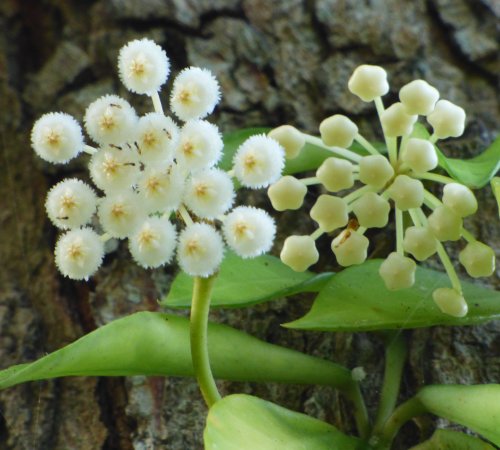
Hoya pubicalyx
Hoya pubicalyx grows very fast. It has green leaves with splashes of silver, which turn to a pinkish-silver when exposed to more light and sun. The fragrant flowers are a maroon colour with a pink centre.
HYLOCEREUS UNDATUS
Family Cactaceae
Hylocereus undantus is an epiphytic cactus, that climbs trees using its aerial roots. It requires no special attention, but needs to be pruned occasionally. The flowers are quite amazing, they flower only last one night, so the buds need to be closely observed. Updated 16/9/2018
HYMENOCALIS LITTORALIS
Family Amaryllidaceae
Hymenocallis littoralis grow and bloom all year in ordinary garden soil and are often rather neglected. They like to grow in full sun; shade inhibits flowering. The flowers are large, and pure white, with a slight fragrance of vanilla. Propagation is by dividing the mature clump. The bulbs need to be planted deeply. Updated 16/9/2018
